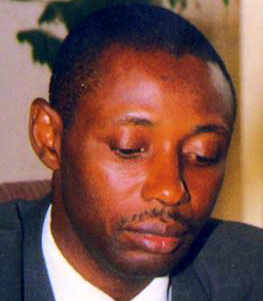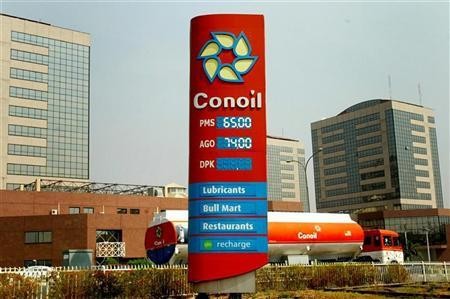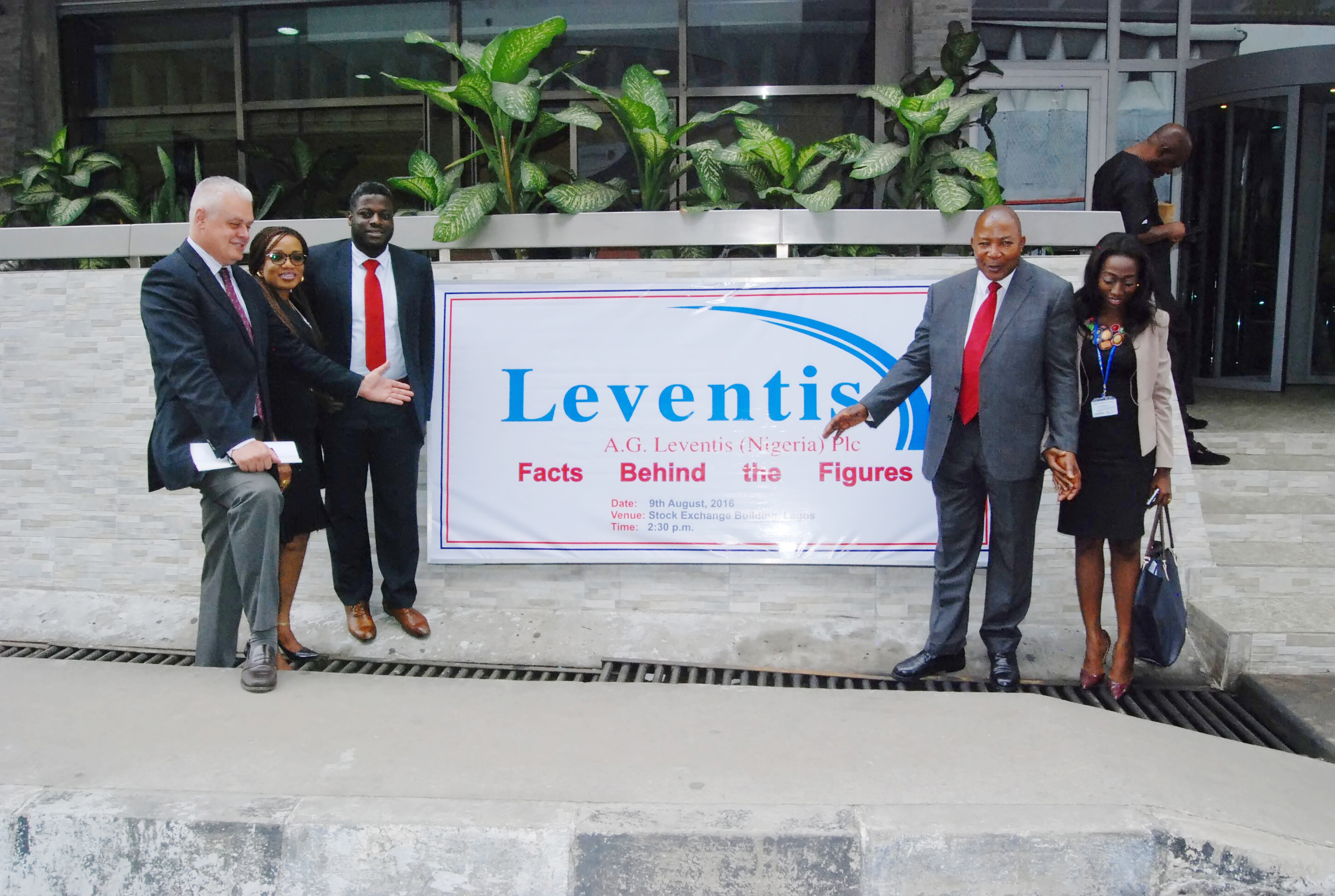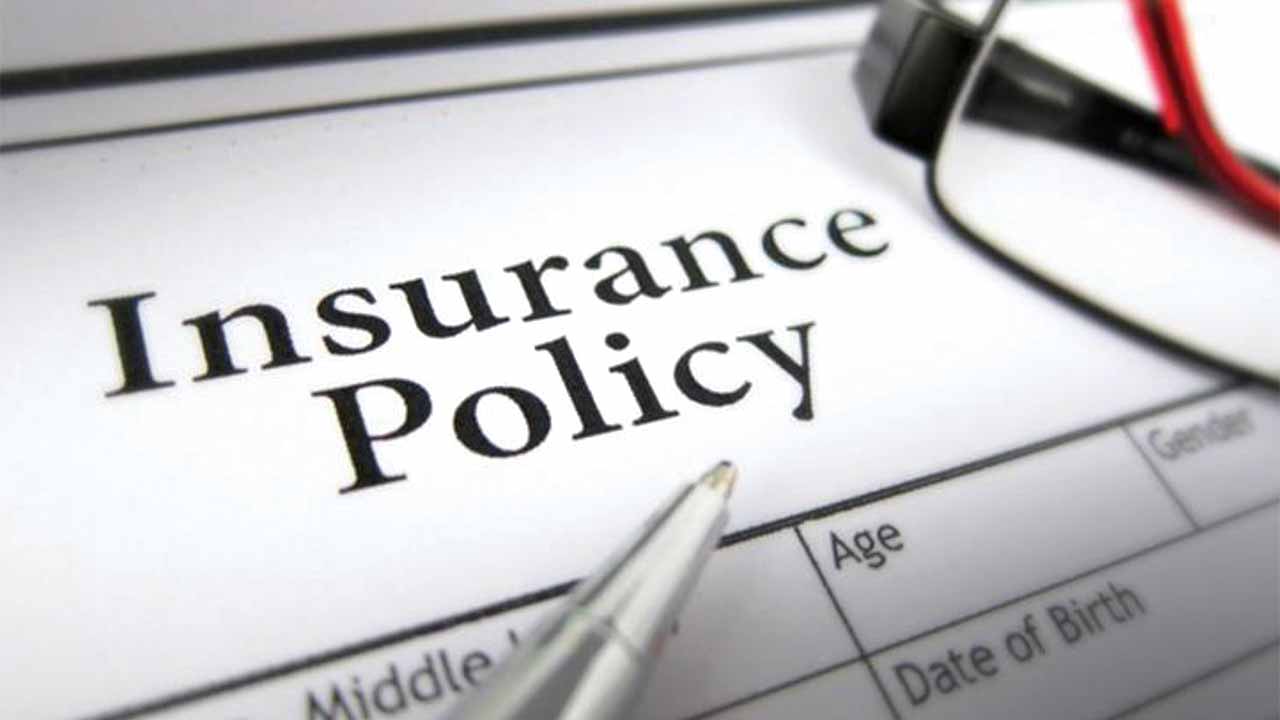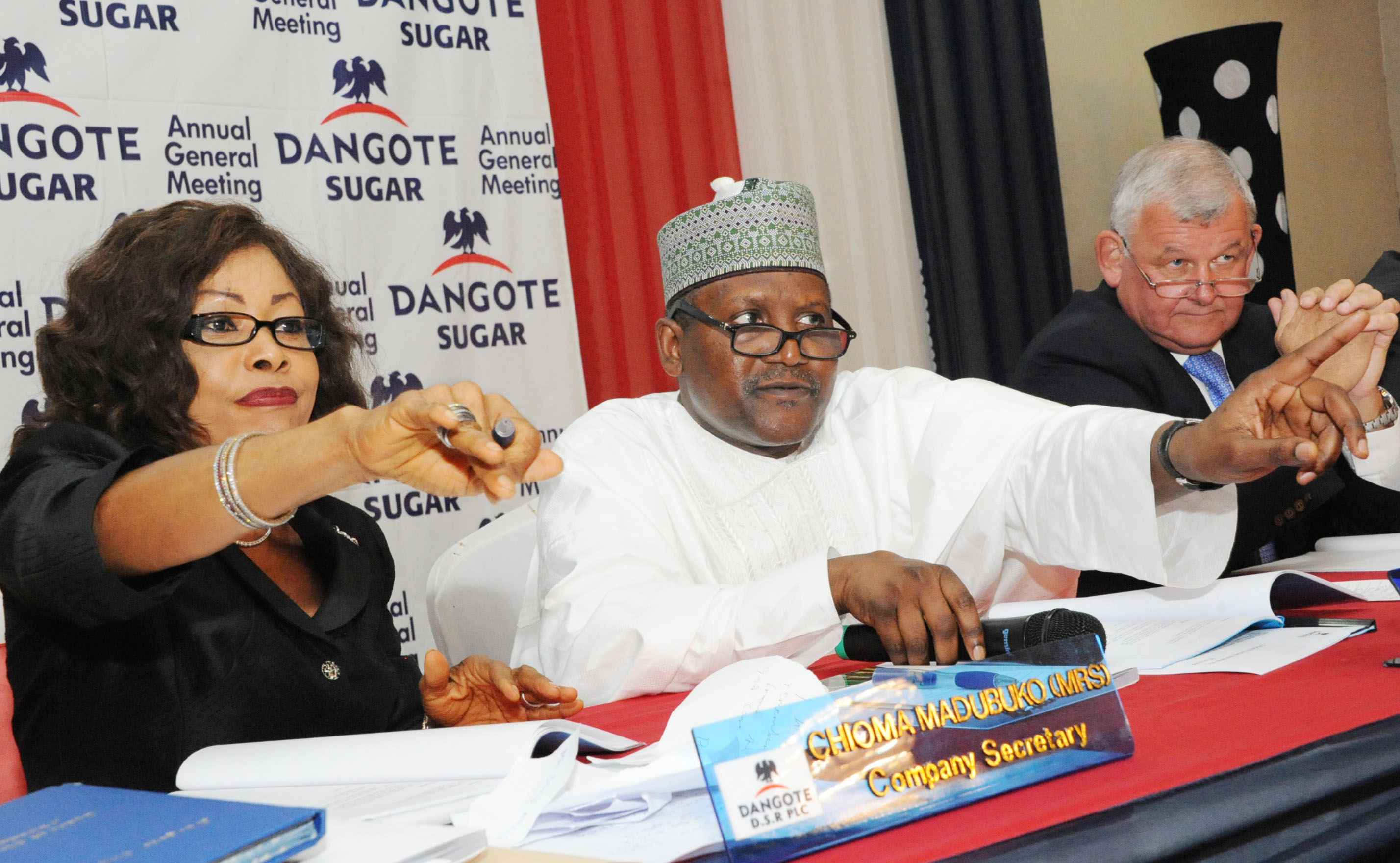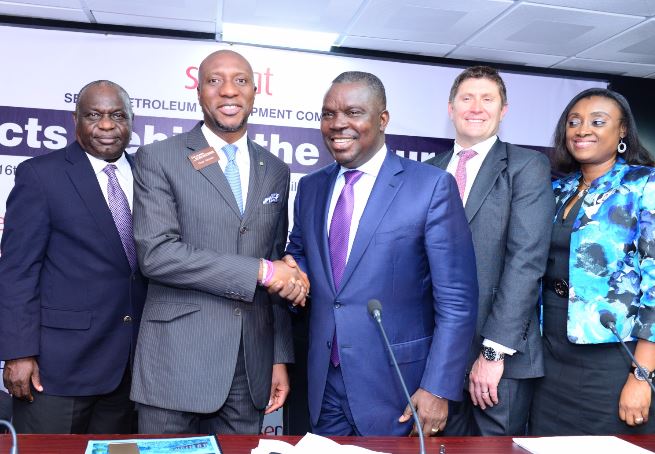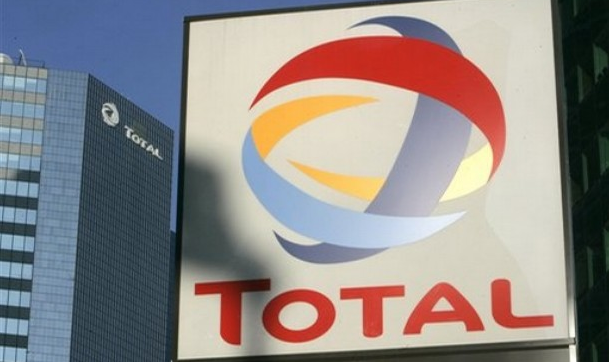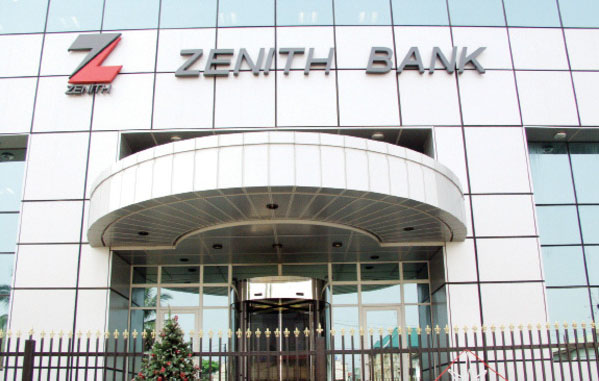Huge interest expenses as well as rising cost of sales were a major headache for petroleum marketers and producers in 2017. While the companies succeeded in reinforcing revenue growth in the year, rising input cost and huge finance expenses stood on the way of converting revenue into profit. Inability to grow wealth for shareholders despite improved revenue is expected to be the general operating story for companies in the group, as 2017 earnings reports are expected to begin trickling in over the next few weeks.
Marketers benefitted from stable supplies of petroleum products and the absence of supply disruptions for most of last year enabled them to grow sales revenue. The upstream companies raised export volumes and also benefitted from the gradual recovery in crude oil prices in the international market. For most companies, sales revenue is expected to grow for the second year after major improvements in 2016.
The favourable revenue outlook for petroleum companies isn’t likely to extend to profit performance. Most companies showed inability to convert revenue into profit as per their interims.
The profit weakness is a function of rising cost of sales and high dependence on bank borrowings with the consequent high finance charges that have encroached significantly on margins. The cost structure for petroleum companies doesn’t give room for much cost cutting to defend profit.
Advertisement
Dependence on bank credit grows with pump price increases and this stands as a major hurdle on the way of petroleum companies to grow wealth for shareholders. For them to increase sales volume or even sustain the existing volume, they will need additional bank borrowings. The few companies that improved profit at the end of the third quarter are those that have been able to prevent finance charges from rising.
Conoil
Conoil stepped up revenue growth at the end of the third quarter, showing promising prospects for improved performance on the sales front but profit dropped at the end of the period. The problem came from a 91% collapse of other operating income, which was a major factor in the profit performance in the same period in 2016.
The outlook for the 2017 operating result indicates that sales revenue growth will most likely step up from marginal to moderate. The company’s profit records have followed a pattern of rise and fall over the past five years. After an improvement of 23% in profit in the prior year, 2017 looks like one of a drop. Profit margin went down from 2.8% in the same period in 2016 to 1.9% in the third quarter.
Advertisement
Eterna
Eterna recorded the highest revenue advance among petroleum companies at the end of the third quarter, 2017. Profit growth however lagged well behind the high growth in revenue. The company earned each naira of sales revenue at a significantly increased cost of sales. Cost of sales claimed over 96% of sales revenue at the end of September 2017, reducing gross profit margin from about 6% in the same period in 2016 to less than 3% at the end of September 2017.
There was a windfall from foreign exchange gains, which countered a sharp drop in other income. An outstanding growth in interest income also reduced net finance expenses. In all, the company lost profit margin, which declined from 2.3% in the same period in 2016 to 1.6% at the end of the third quarter operations in September. Despite the subdued growth year-on-year, the third quarter profit figure was already more than the 2016 full year figure of N1.48 billion.
Forte Oil
Forte Oil closed the 2016 operations with a 19% growth in sales revenue and a 50% drop in after tax profit. The reverse is likely to be the case for the company in 2017.
Cost reductions happened in four major cost lines in the course of the year, which boosted profit performance at the end of the third quarter. Cost of sales declined ahead of sales revenue and distribution expenses fell by 45.8% year-on-year. There was also a drop of over 7.6% in administrative expenses, leading to an increase of 23.4% in operating profit.
Advertisement
The biggest cost saving happened in respect of tax expenses, which dropped by 82% during the review period. The cost savings helped to temper the impact of a 60% upsurge in finance expenses.
A big rebound in profit is expected for the company from its 2017 trading with third quarter profit already standing at 75% above the full year figure in 2016.
11 (Mobil Oil Nigeria)
Mobil Oil Nigeria has rebranded to become 11 after the US-based ExxonMobil Oil Corporation, the majority shareholders of the company sold its entire 60% equity holding in Mobil Oil Nigeria to Nipco Investment Ltd. The company achieved an outstanding growth in earnings in 2016 with a 67% growth in profit from a 46% increase in sales revenue. That growth momentum was lost in the 2017 financial year.
The company improved revenue but lost profit as at the end of the third quarter. Two major cost elements stood on its way at the end of September. One is the occurrence of exceptional item of N2.23 billion. The other is cost of sales, which eroded gross profit margin and caused a drop of over 10% in gross profit.
Advertisement
Despite cost controls in other areas, the impact of exceptional item could not be contained. A further step up in revenue growth is expected in the final quarter, which could help to moderate the impact of exceptional item on profit and permit a stronger growth in the bottom line. Despite that, after tax profit is still likely to drop at full year.
MRS Oil
MRS Oil is likely to shift from a strong growth in revenue in 2016 to flat growth in 2017. Even the moderate revenue gains aren’t likely to flow down to the bottom line. In 2016, profit grew more than twice as fast as turnover but 2017 interims show profit dropping against flat revenue.
Advertisement
Two major cost elements of the company are responsible for the drop in profit at the end of the third quarter. One is cost of sales, which increased marginally against a slip in sales revenue at the end of September. That caused a drop of 17% in gross profit.
The second cost line is administrative expenses, which consumed 66% of gross profit compared to 55% in the same period in 2016. A sharp drop of 51% in other income added to the earnings strain. Operating profit dropped by 61% at the end of September. Some respite came from a drop of over 94% in net finance cost, which helped the company to moderate the impacts of rising cost and failing income on the bottom line.
Advertisement
The company has been on a recovery journey since a major profit fall in 2011 but the ability to sustain it has weakened as per the 2017 interim reports. Full year outlook indicates that turnover may close flat while profit may drop.
Oando
Oando was on a recovery drive in 2017 and succeeded in returning to profit as per the interim reports. The oil company’s key strength in 2017 was a big boost in revenue, which led to an exceptional growth of 444% in gross profit to over N71.21 billion at the end of the third quarter.
Advertisement
A drop of 31% in administrative expenses improved the company’s earnings story, leading to a rebound from an operating loss of N42 billion in the same period in 2016 to an operating profit of N38 billion at the end of September 2017.
A drop of 31% in finance expenses was quite helpful but the amount remains huge at over N32 billion at the end of September 2017. Only a moderate profit was possible from continuing operations and a profit rebound at the end of September came from discontinuing operations.
Seplat Petroleum Development Company
Seplat Petroleum Development Company has seen its revenue fall continuously for the past three years running and rapidly falling profits hit a big loss at the end of 2016. Third quarter position at the end September 2017 shows the company succeeded in rebuilding the revenue force significantly, which cut down the loss figure close to the point of break-even.
The company engaged an enhanced operating capacity, which spurred a performance turnaround in 2017. Interim losses thinned down as the year progressed, showing good prospects for moving from the red into the blue at full year. The turnaround hopes are built on the steps management has taken to deal with the constraint in crude oil sales.
The company has completed upgrade and repair works on two jetties at the Warri refinery, re-established barging operations and increased cargo loading activities. There is also a sustaining strong performance of gas business with gas revenue contributing 31% of the company’s turnover at the end of the third quarter.
The efforts have enabled management to de-risk the dispatching of its oil production to the market. The company has shifted from operating loss to profit over the review period but finance expenses remain huge in view of huge balance sheet borrowings.
Total Nigeria
Total Nigeria experienced a big harvest in 2016 when revenue grew by 40% and after tax profit soared by over 265%. The oil marketing major lost the steam in 2017. Sales revenue was flat at the end of the third quarter and profit plunged by nearly one-half.
Two major cost lines hurt profit performance for Total. These are cost of sales and finance expenses. Cost of sales grew by 5.5% against flat sales revenue at the end of September 2017 and that saw a drop of over 29% in gross profit. Finance cost advanced by 329% year-on-year and claimed a significantly increased share of operating profit. This reflects a growth of 152% in balance sheet borrowing.
Despite a major increase in other income and a drop in selling/distribution cost, operating profit still dropped by 44% at the end of the third quarter. There is a sharp decline in net profit margin from 5.3% in the same period in 2016 to 2.7% at the end of September 2017.
The year-on-year profit drop is expected to continue to full year though the margin of drop is expected to decline. That will still leave one of the biggest profit numbers for the company after an outstanding growth in the preceding year.
Add a comment
